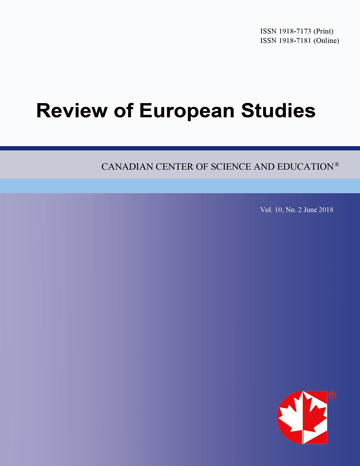The International Community’s Intervention on Ethiopia and Eretria’s Conflict
Abstract
Border issues are political problems in Africa. The border conflict between Ethiopia and Eritrea was one of the contentious wars faced by the international community. To manage this conflict, the same community established border commission to draw up the boundaries and demarcate the borderline. Ethiopia was however insolent and in effect discarded this demarcation. It also continued to dwell in the territory of Eritrea. This research urges the international community to make border issues in Africa a priority. In fact, one of the reasons why Kenya and Ethiopia are reluctant to participate in the efforts to form tangible Somali government has its origin in border issue. Historically Ethiopia will not forget the damage inflicted upon them by Somali freedom fighters including Imam Ahmad, Sayed Muhammad Abdulle Hassan, and the Somali military. In 1531, Imam Ahmad ibn Ibrahim al-Ghazi (1507-1543) launched a campaign against Ethiopia and defeated several Ethiopian emperors, inflicting much dent on the kingdom. This conflict brought three-quarters of Ethiopia under Muslim Somali Sultanate of Adal in the intense Ethiopian Adal War from 1529-43. Similarly, Sayed Muhammad Abdulle Hassan, ONLF, UWSLF and the former Somali National Military have meted out damages on Ethiopia. Similarly Somalia was on the offensive in 1964 to reclaim the Kenyan Northeastern region. The point at hand is that, the history of most conflicts in the region revolves on border related issues. In the case of Ethiopia and Eritrea the military move by the international community had significantly ended a long held conflict and struggle through peaceful engagement and drafted binding arbitration.
 PDF
PDF
